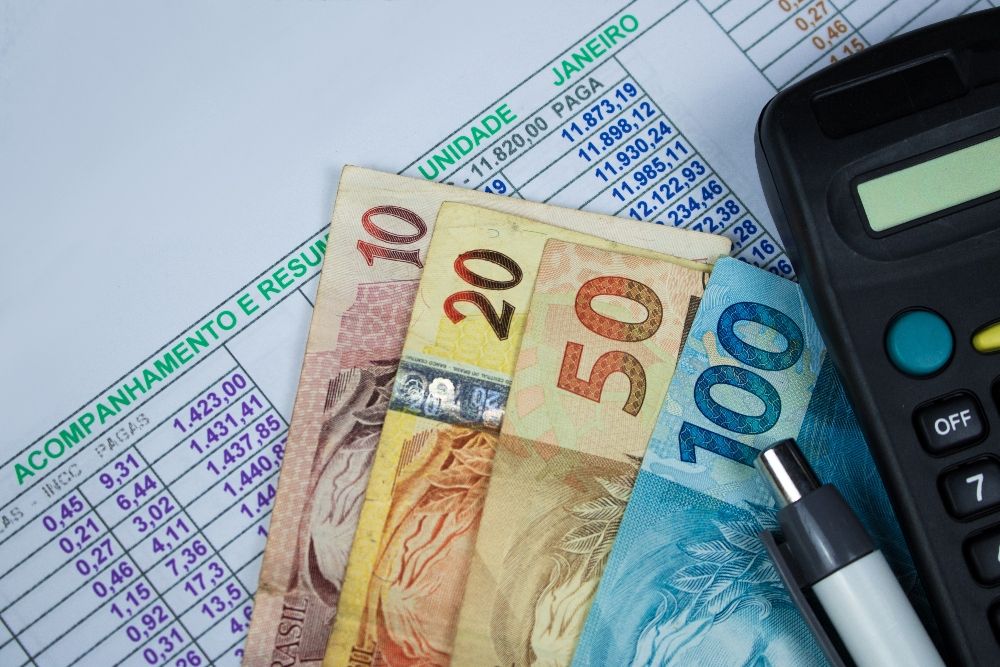Brazil’s public sector gross debt climbed sharply to 76.2% of GDP in February, up from 75.7% in January, according to data released by the central bank on Tuesday.
The rise underscores the country’s growing challenges in managing its debt amid high interest rates and persistent inflation.
Soaring debt and rising interest expenses
The increase in Brazil’s gross public debt reflects the heavy burden of interest payments.
A key driver of the surge has been the growing cost of servicing debt, exacerbated by the country’s aggressive monetary tightening policies.
Since September 2022, Brazil’s central bank has raised interest rates by 375 basis points, bringing the benchmark Selic rate to 14.25%.
The steep hikes aim to tame inflation, which has consistently exceeded the official 3% target.
When applying the International Monetary Fund (IMF) methodology—which accounts for all government bonds held by the central bank—Brazil’s debt-to-GDP ratio is even higher, at 88.7%, compared to the 87.1% recorded previously.
The difference arises because the IMF includes central bank-held bonds, while Brazil’s official calculation primarily considers bonds sold to the market through repurchase agreements (repos).
Narrowing the primary deficit
Despite the rising debt load, Brazil’s primary fiscal deficit narrowed in February.
The country recorded a primary deficit of 18.973 billion reais ($3.23 billion), a much smaller gap than the 31.5 billion reais expected by analysts surveyed by Reuters.
The primary balance, a crucial indicator of fiscal health that excludes interest payments, improved partly due to a surplus of 9.244 billion reais from regional governments and a 299 million reais surplus from state-owned companies.
Still, the central government reported a significant primary deficit of 28.517 billion reais for February.
Over the past 12 months, the central government’s primary deficit stood at 14.194 billion reais, or about 0.12% of GDP.
President Luiz Inácio Lula da Silva’s administration has set an ambitious target of achieving a 0% primary deficit this fiscal year, with an allowed margin of up to 0.25% of GDP.
The post Brazil’s public sector debt rises to 76.2% of GDP as interest burden grows appeared first on Invezz

